14b: profit maximization in the short and long run stephen king 1.15K subscribers Subscribe Subscribed 17K views 8 years ago When does a price-taking business want to keep operating? When
Economics: Short run profit Maximisation in perfect competition:
theory of production Table of Contents Money History & Theory Maximization of short-run profits The average and marginal cost curves just deduced are the keys to the solution of the second-level problem, the determination of the most profitable level of output to produce in a given plant.
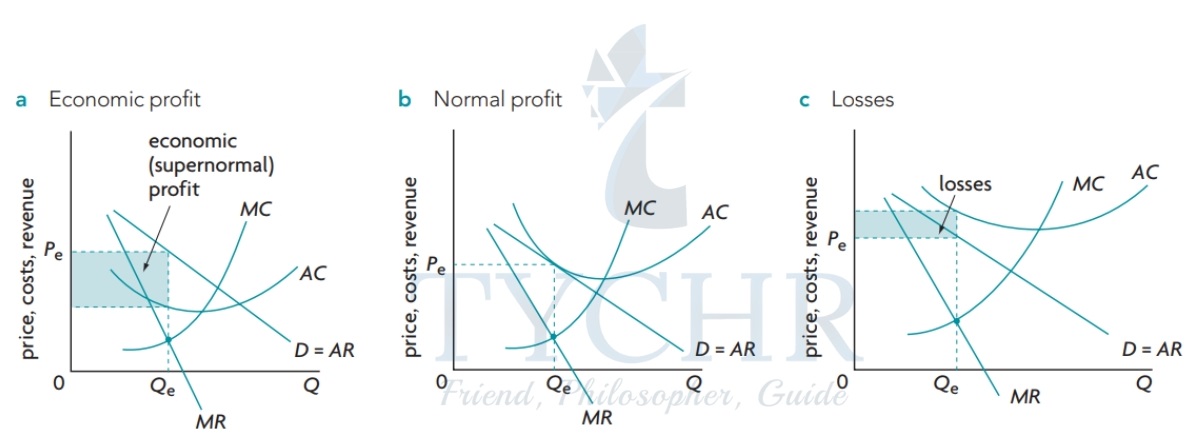
Source Image: tychr.com
Download Image
Profit maximization. Learn how firms maximize profit by producing a quantity where marginal cost equals marginal revenue. In a competitive market, firms are price-takers, and marginal revenue is constant. Rational firms will produce more if marginal revenue is higher than marginal cost. Profit is maximized when the area of the rectangle formed

Source Image: bartleby.com
Download Image
Solved Profit maximization and shutting down in the short | Chegg.com Figure 1 shows total revenue, total cost and profit using the data from Table 1. The vertical gap between total revenue and total cost is profit, for example, at Q = 60, TR = 240 and TC = 165. The difference is 75, which is the height of the profit curve at that output level. The firm doesn’t make a profit at every level of output.

Source Image: slideshare.net
Download Image
Profit Maximization And Shutting Down In The Short Run
Figure 1 shows total revenue, total cost and profit using the data from Table 1. The vertical gap between total revenue and total cost is profit, for example, at Q = 60, TR = 240 and TC = 165. The difference is 75, which is the height of the profit curve at that output level. The firm doesn’t make a profit at every level of output. Therefore, there are two shutdown points for a firm – in the short run and the long run. The decision to shut down is dependent on which costs the firm can avoid by shutting down production. The short run is a period where at least one of the firm’s inputs is fixed, resulting in fixed costs incurred despite the decision to shut down.
5. Profit maximization and shutting down in the short run The followi.pdf
Profit maximization and shutting down in the short runThe following graph plots daily cost curves for a firm operating in the competitive market for instant pots.The graph plots the marginal cost (M C) curve, average total cost (A T C) curve, and average variable cost (A V C) curve for a firm operating in the competitive market for instant pots. Perfect Competition: Definition, Graphs, short run, long run – EconTips
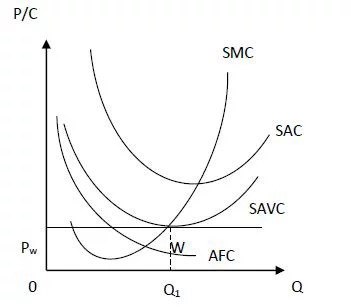
Source Image: econtips.com
Download Image
PPT – Chapter 11 Managerial Decisions in Competitive Markets PowerPoint Presentation – ID:6083407 Profit maximization and shutting down in the short runThe following graph plots daily cost curves for a firm operating in the competitive market for instant pots.The graph plots the marginal cost (M C) curve, average total cost (A T C) curve, and average variable cost (A V C) curve for a firm operating in the competitive market for instant pots.
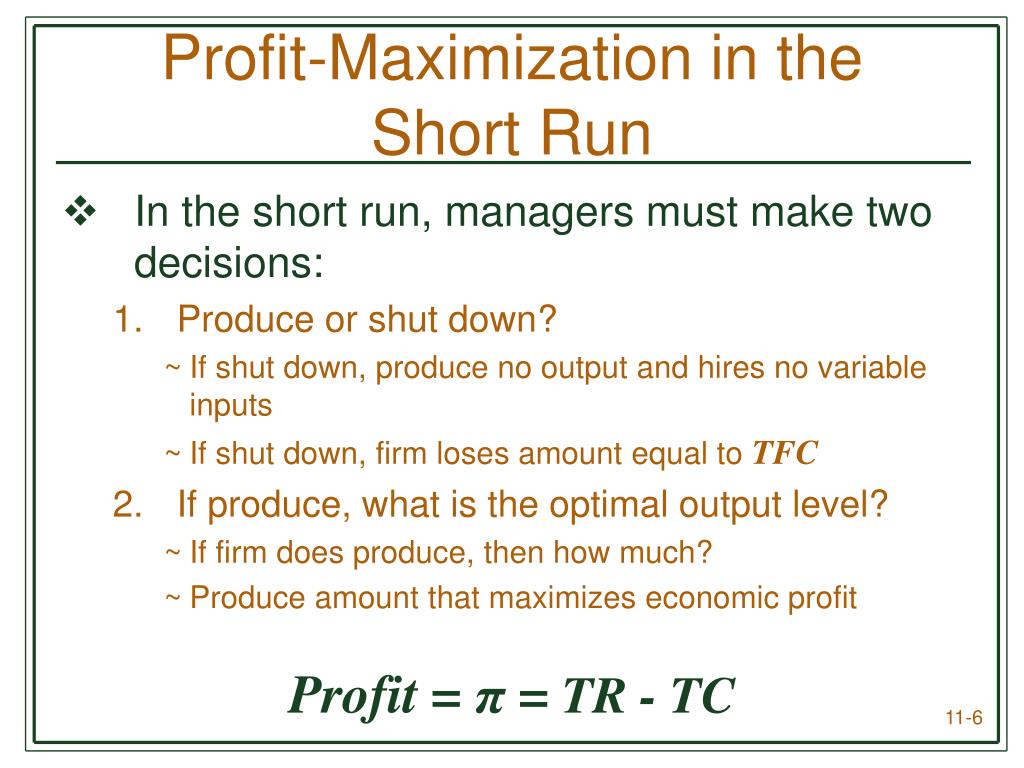
Source Image: slideserve.com
Download Image
Economics: Short run profit Maximisation in perfect competition: 14b: profit maximization in the short and long run stephen king 1.15K subscribers Subscribe Subscribed 17K views 8 years ago When does a price-taking business want to keep operating? When
Source Image: economicsmicro.blogspot.com
Download Image
Solved Profit maximization and shutting down in the short | Chegg.com Profit maximization. Learn how firms maximize profit by producing a quantity where marginal cost equals marginal revenue. In a competitive market, firms are price-takers, and marginal revenue is constant. Rational firms will produce more if marginal revenue is higher than marginal cost. Profit is maximized when the area of the rectangle formed
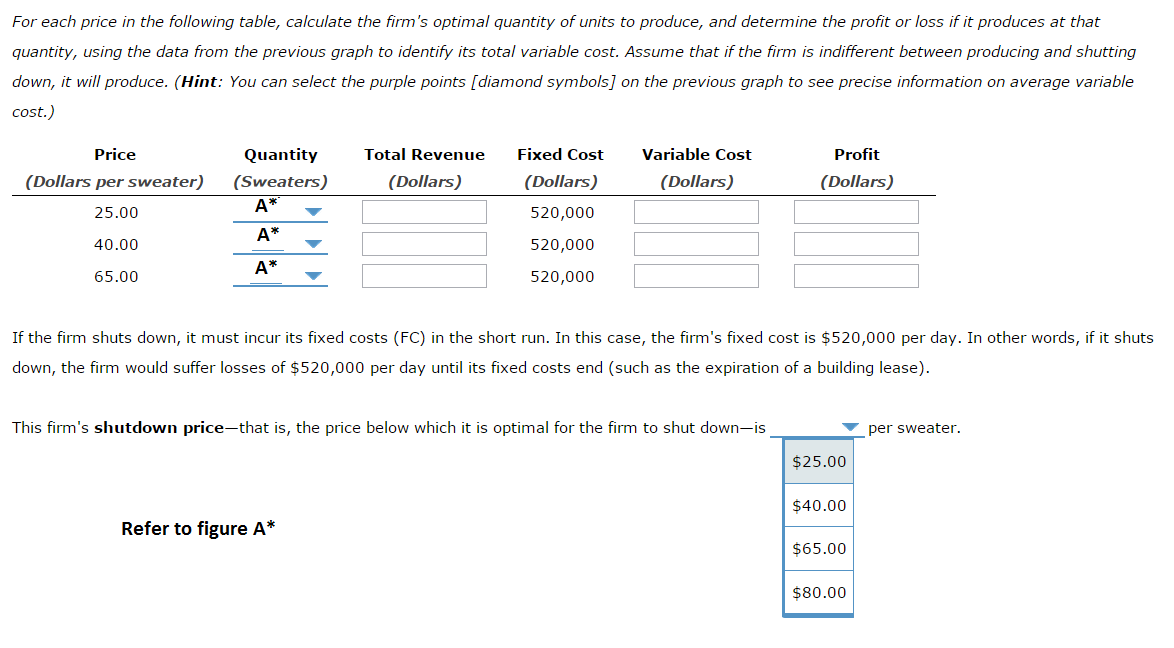
Source Image: chegg.com
Download Image
Shutting down or exiting industry based on price (video) | Khan Academy As a general rule, a firm will shut down production whenever its average variable costs exceed its marginal revenue at the profit maximizing level of output. If this is not the case, the firm may continue its operations in the short‐run, even though it may be experiencing losses. Short‐run supply curve.
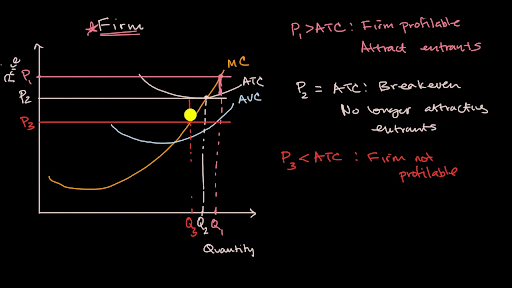
Source Image: khanacademy.org
Download Image
Solved Profit maximization and shutting down in the short | Chegg.com Figure 1 shows total revenue, total cost and profit using the data from Table 1. The vertical gap between total revenue and total cost is profit, for example, at Q = 60, TR = 240 and TC = 165. The difference is 75, which is the height of the profit curve at that output level. The firm doesn’t make a profit at every level of output.
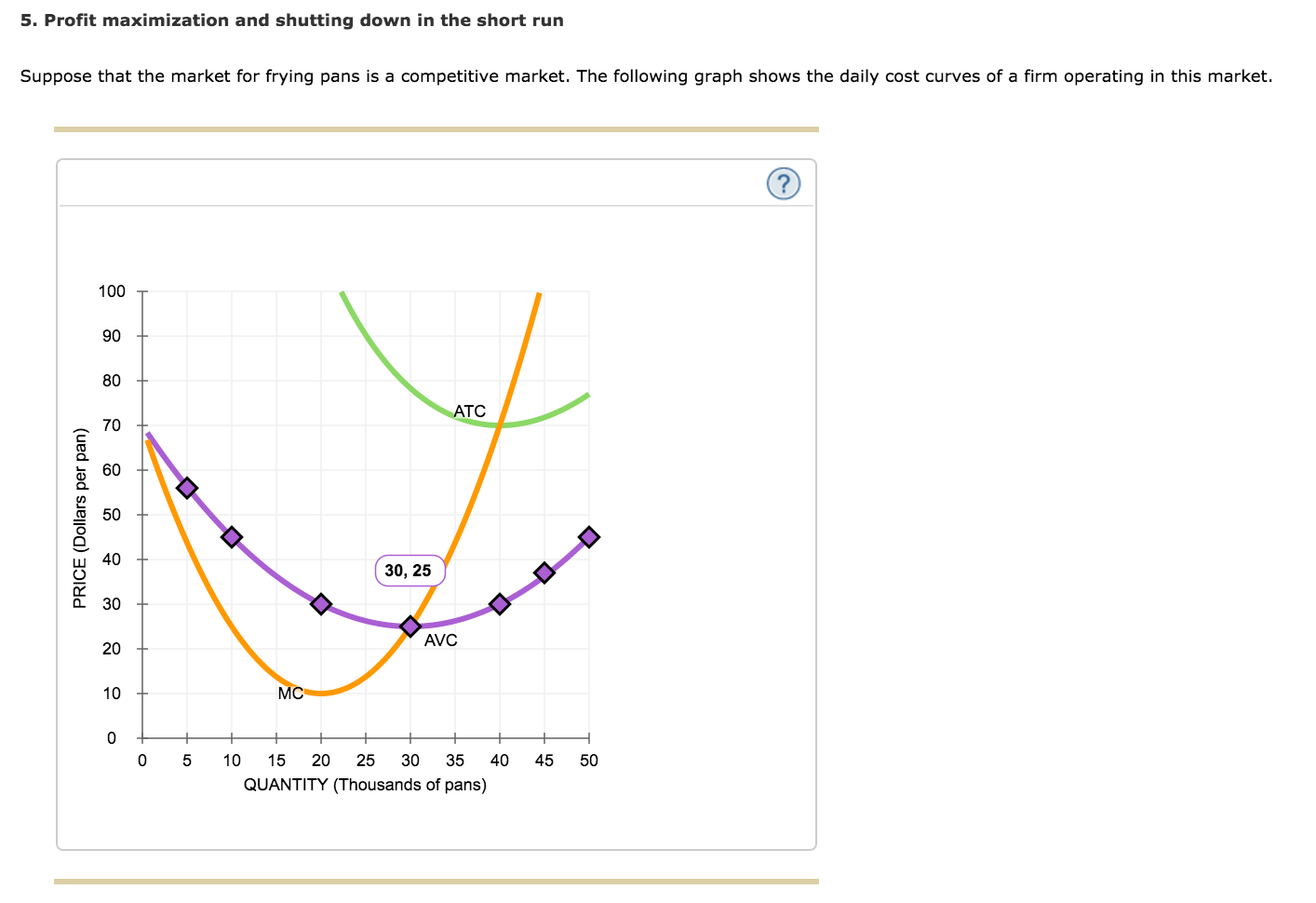
Source Image: chegg.com
Download Image
5- Profit maximization and shutting down in the short run The followin.docx Therefore, there are two shutdown points for a firm – in the short run and the long run. The decision to shut down is dependent on which costs the firm can avoid by shutting down production. The short run is a period where at least one of the firm’s inputs is fixed, resulting in fixed costs incurred despite the decision to shut down.

Source Image: slideshare.net
Download Image
PPT – Chapter 11 Managerial Decisions in Competitive Markets PowerPoint Presentation – ID:6083407
5- Profit maximization and shutting down in the short run The followin.docx theory of production Table of Contents Money History & Theory Maximization of short-run profits The average and marginal cost curves just deduced are the keys to the solution of the second-level problem, the determination of the most profitable level of output to produce in a given plant.
Solved Profit maximization and shutting down in the short | Chegg.com Solved Profit maximization and shutting down in the short | Chegg.com As a general rule, a firm will shut down production whenever its average variable costs exceed its marginal revenue at the profit maximizing level of output. If this is not the case, the firm may continue its operations in the short‐run, even though it may be experiencing losses. Short‐run supply curve.